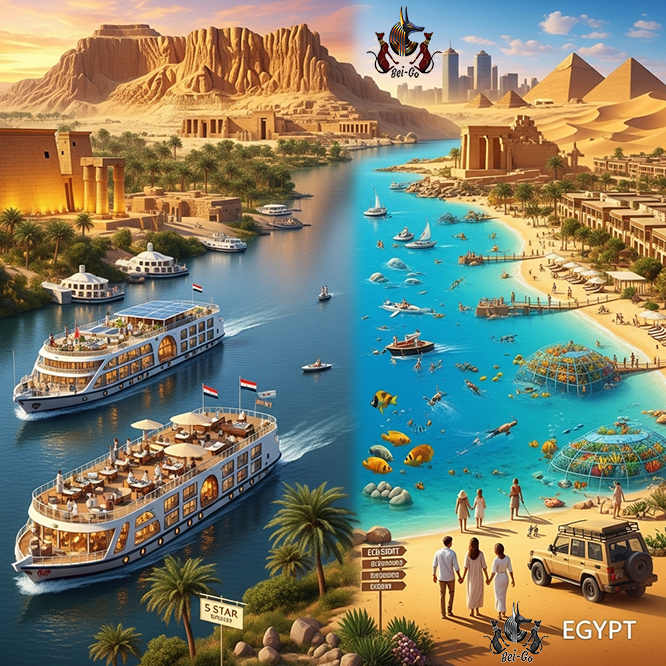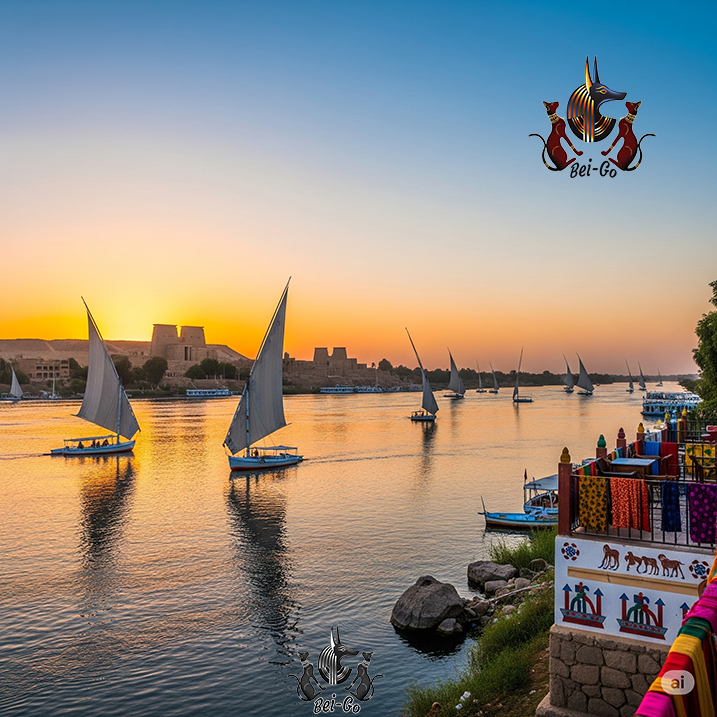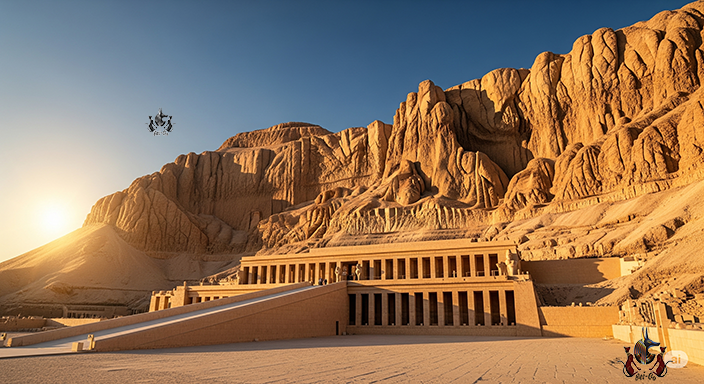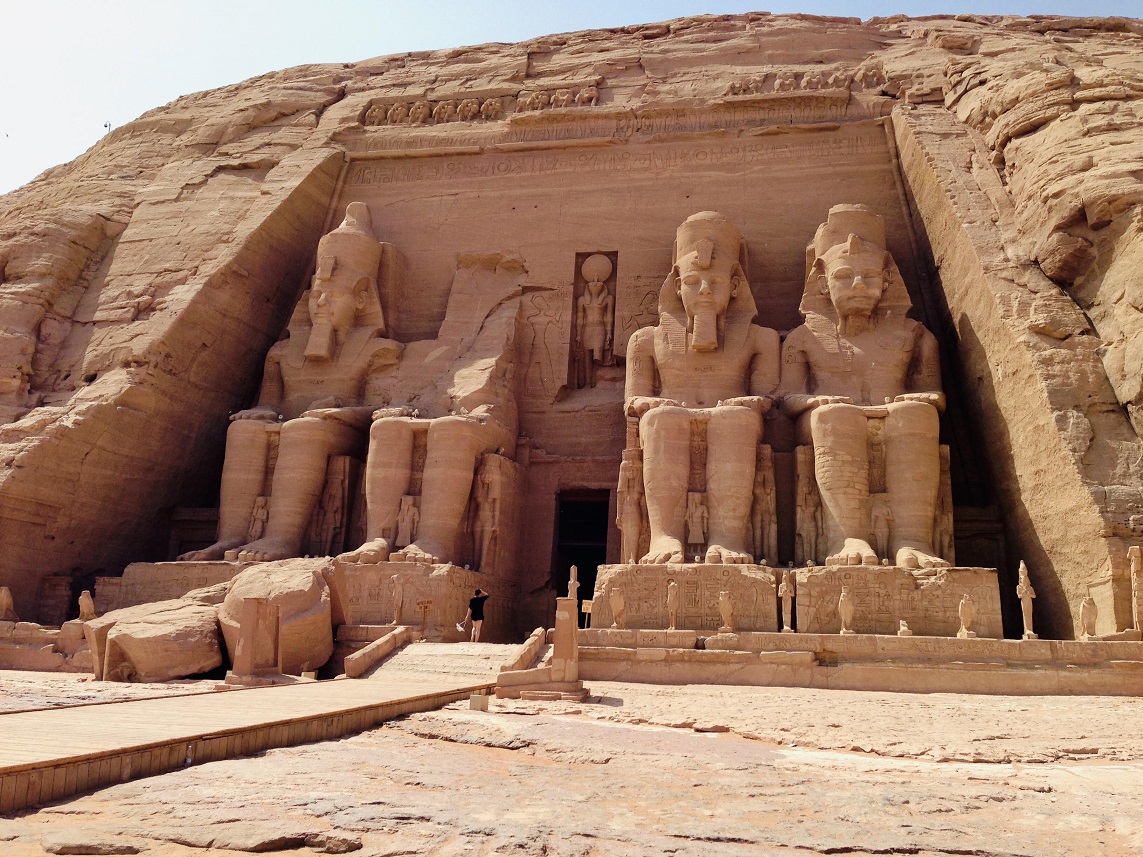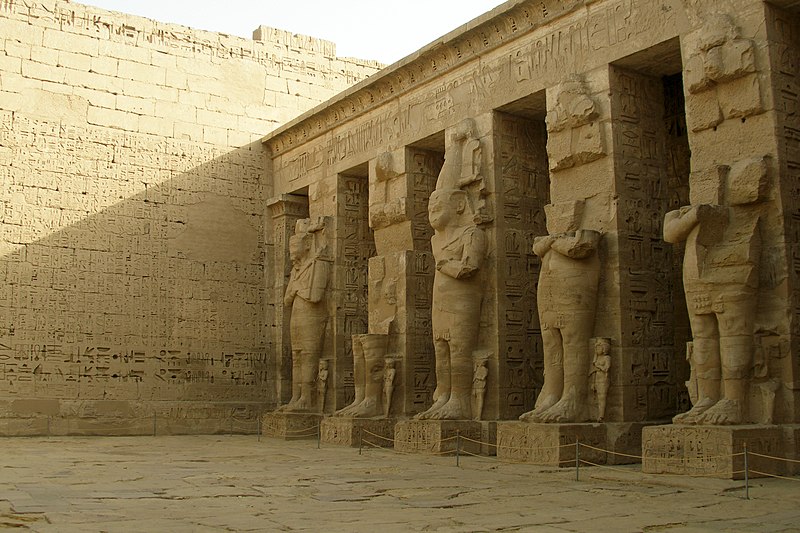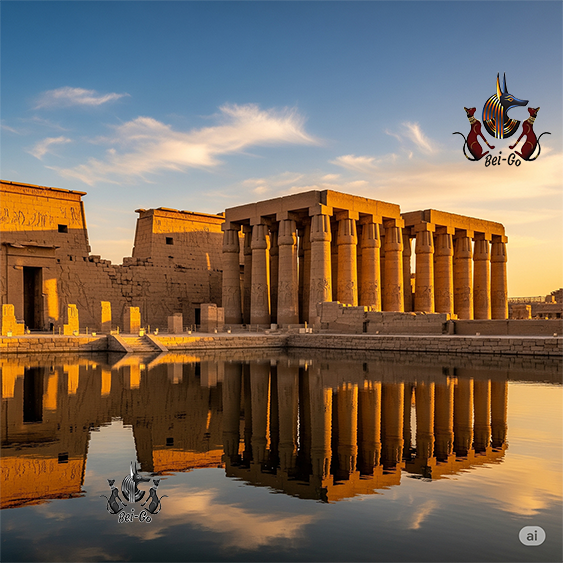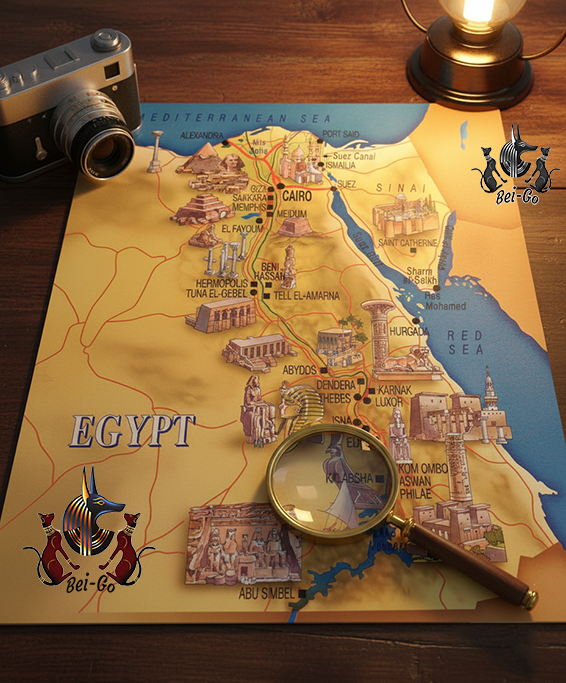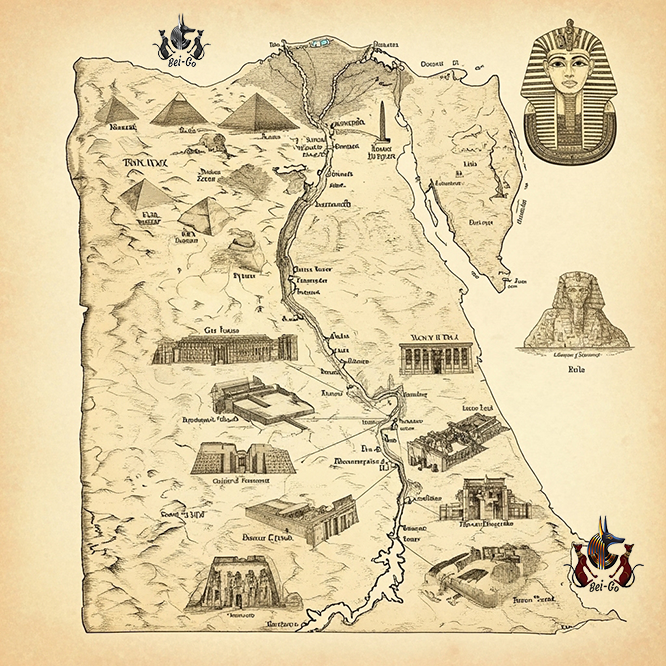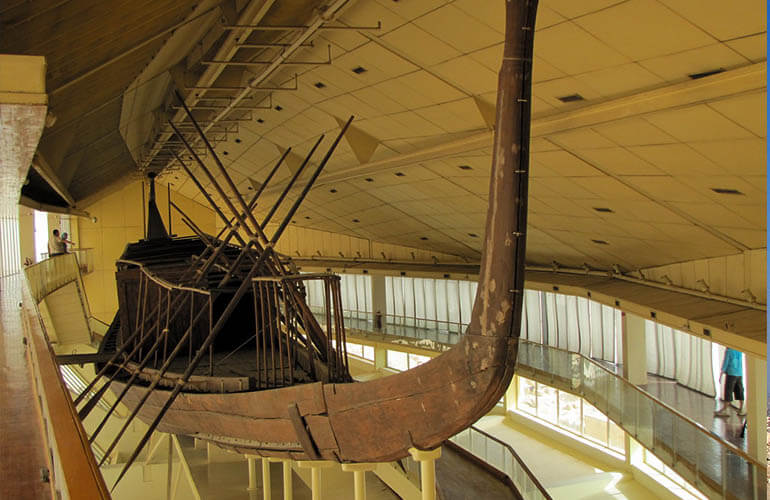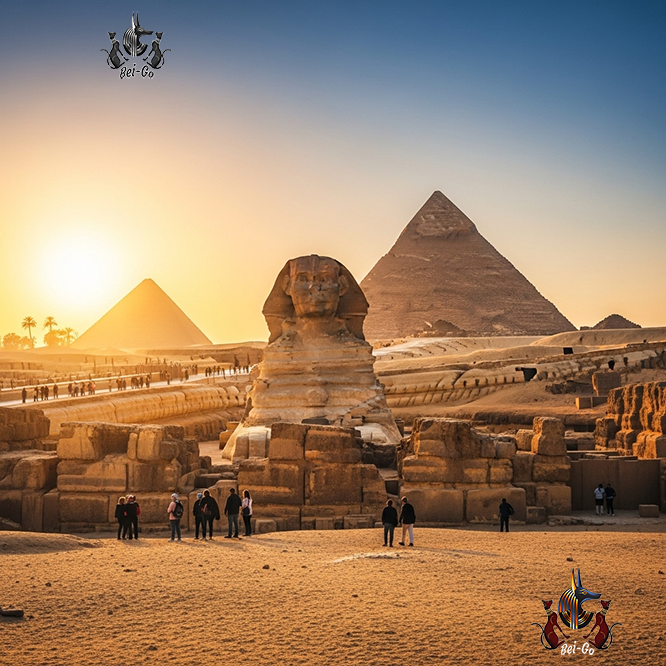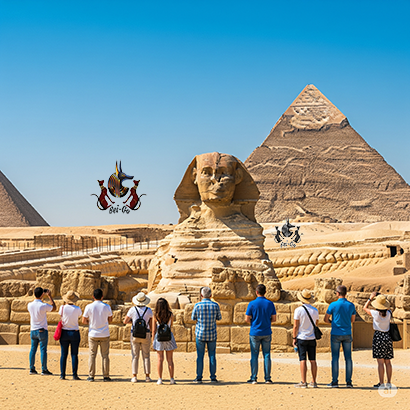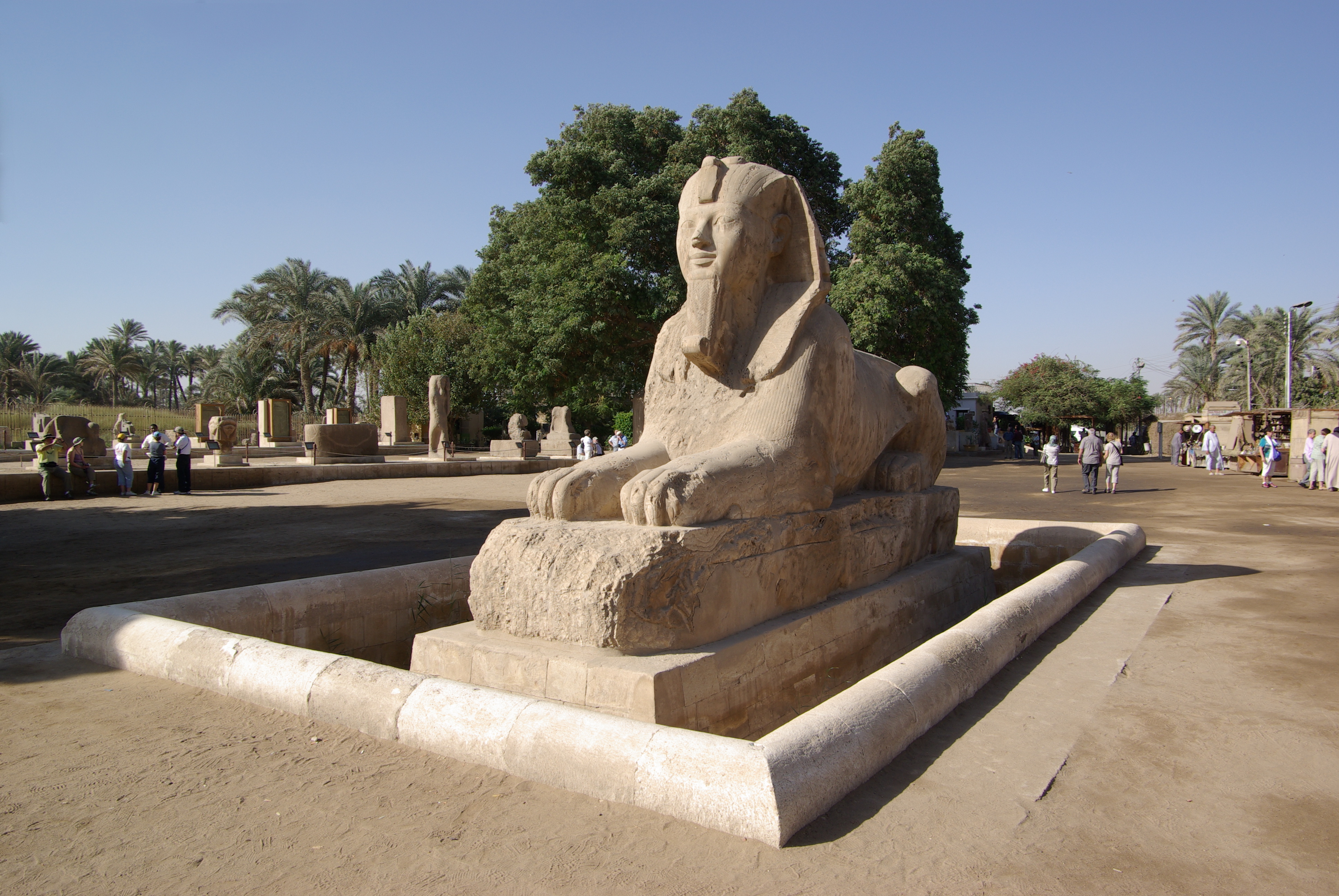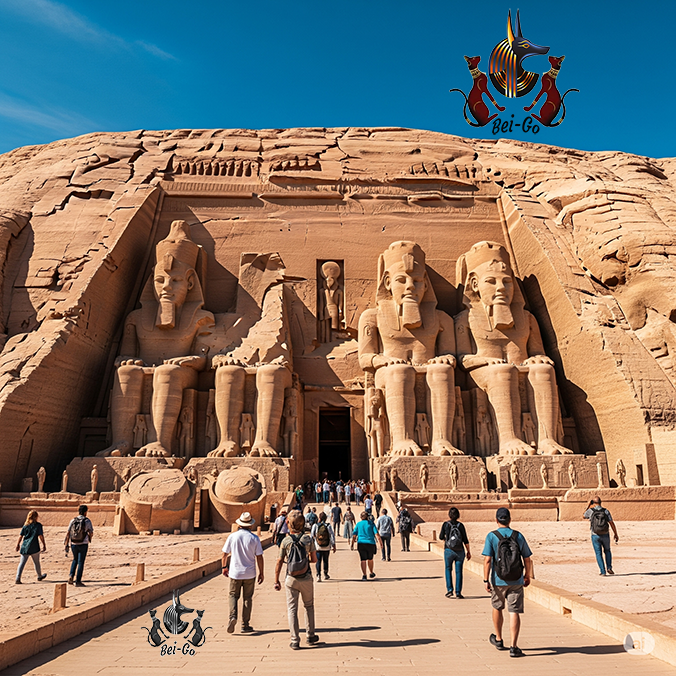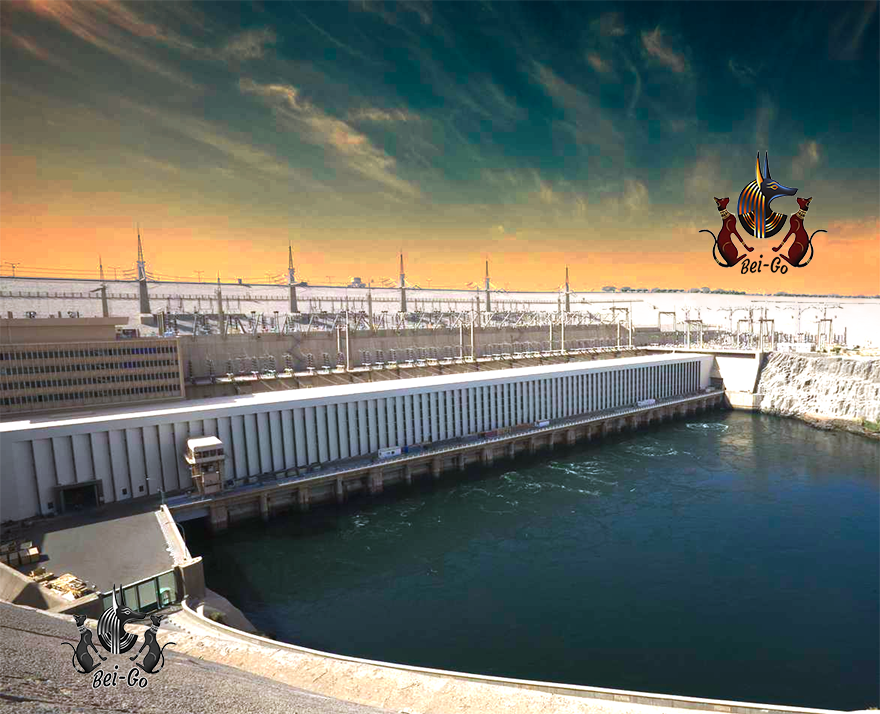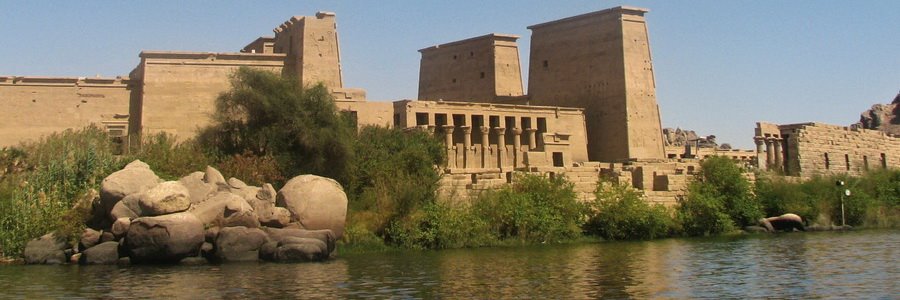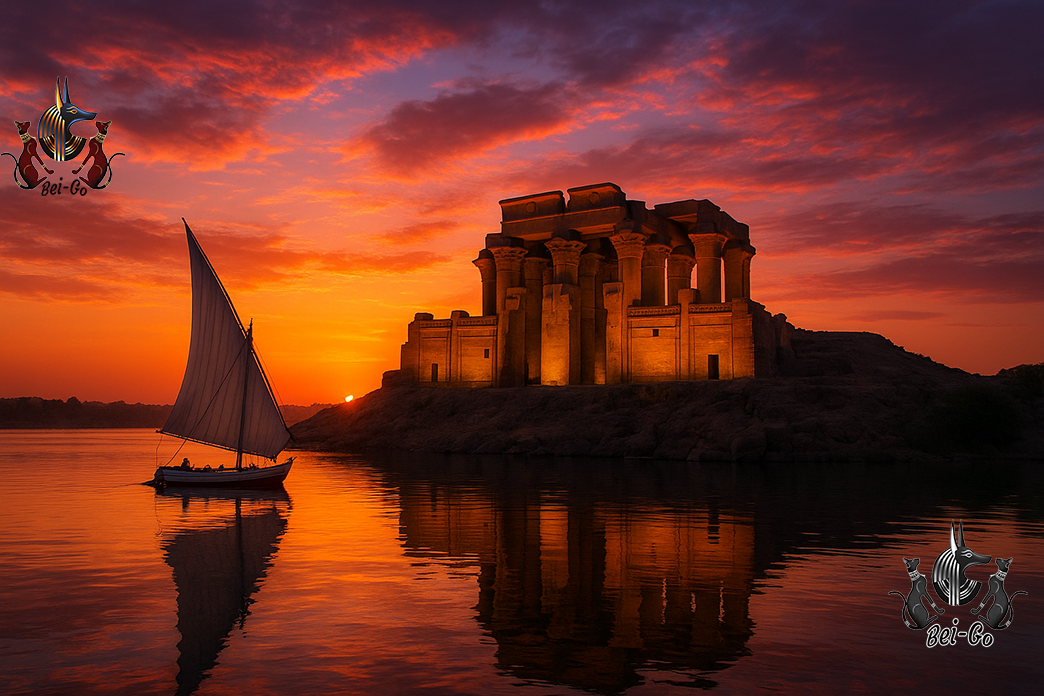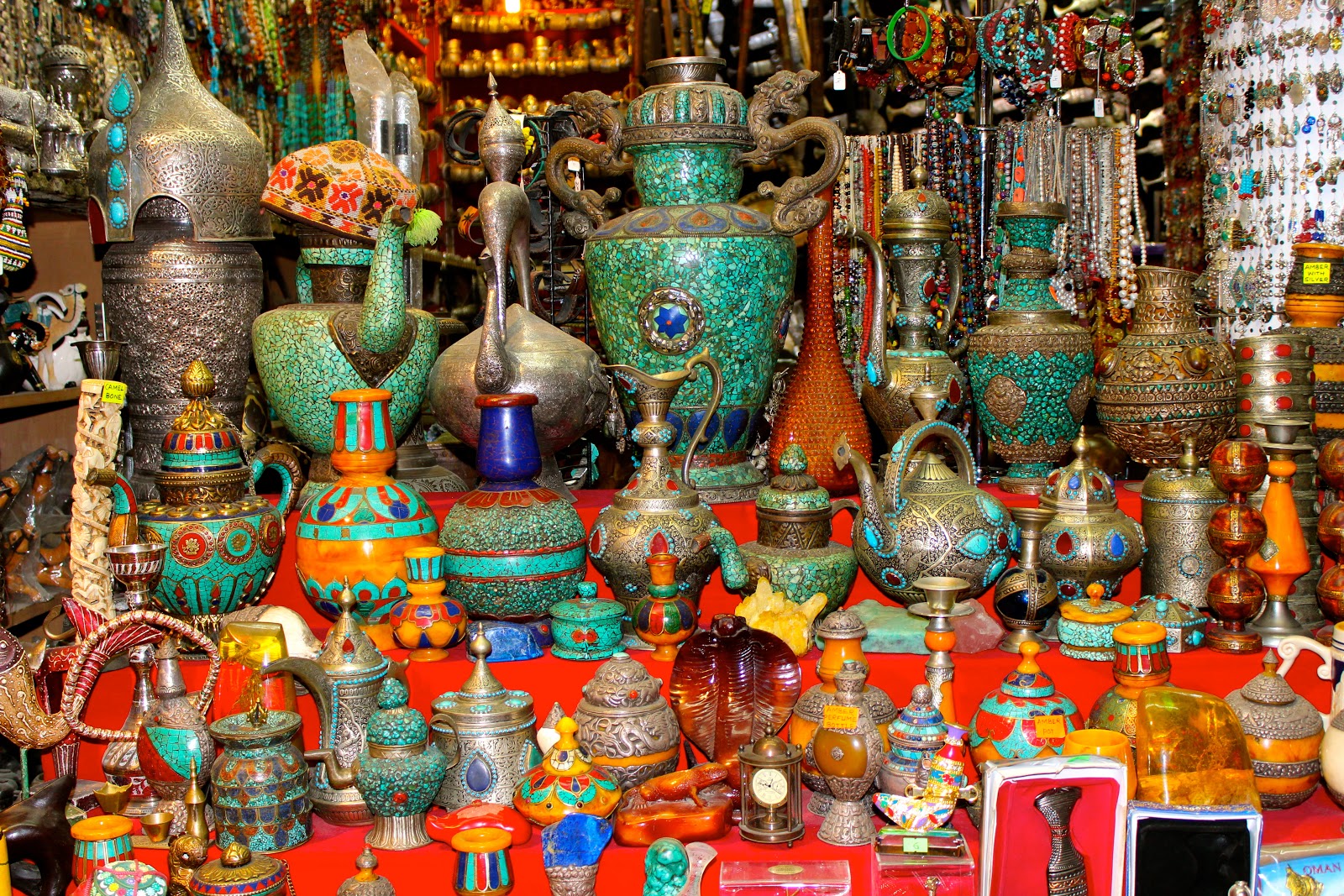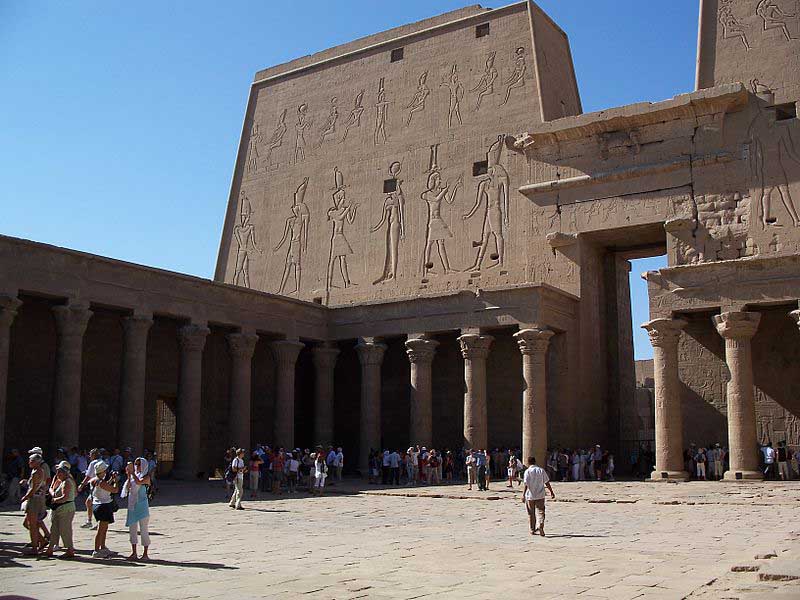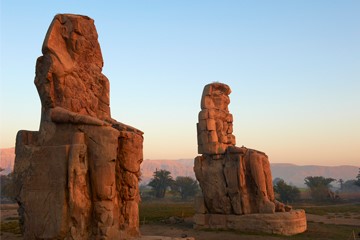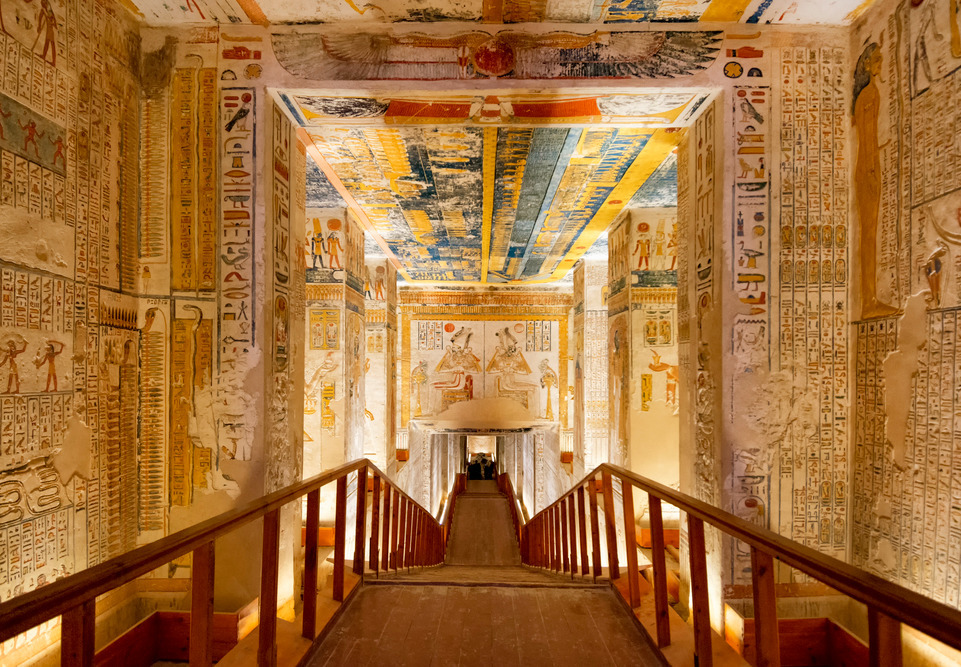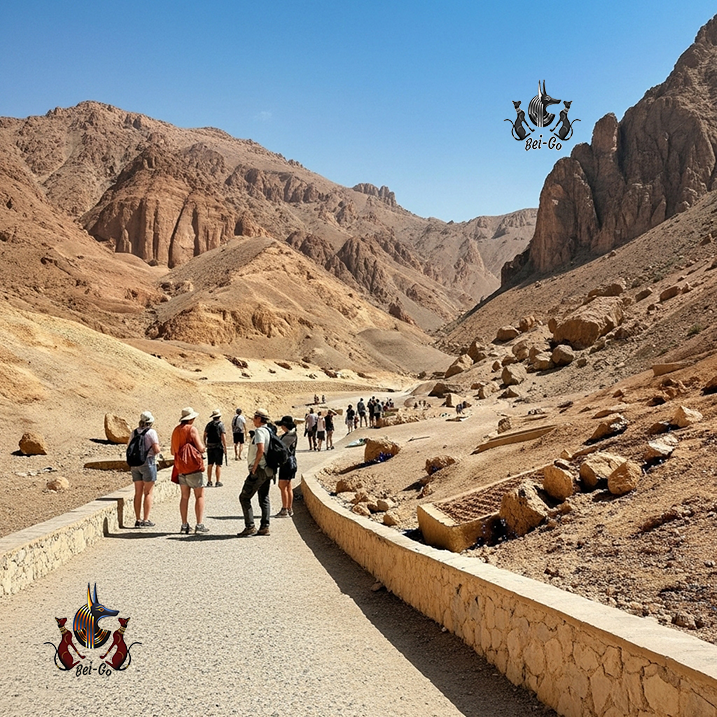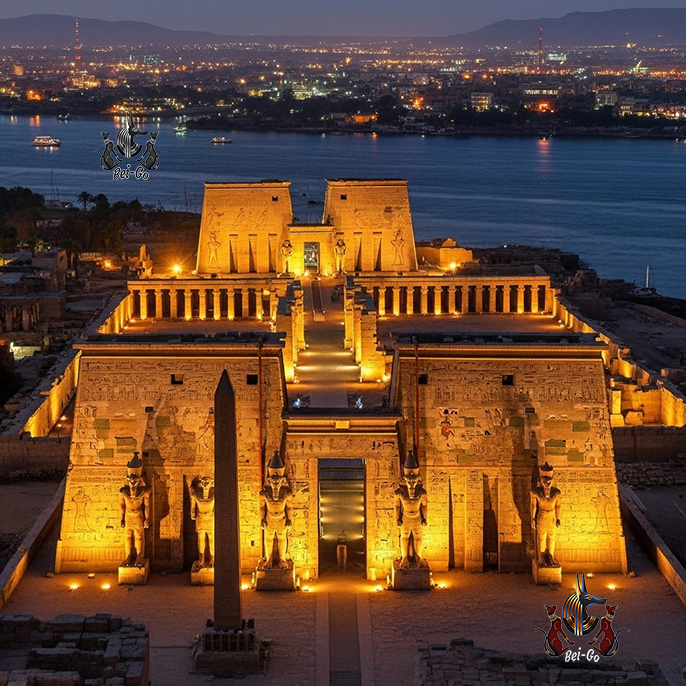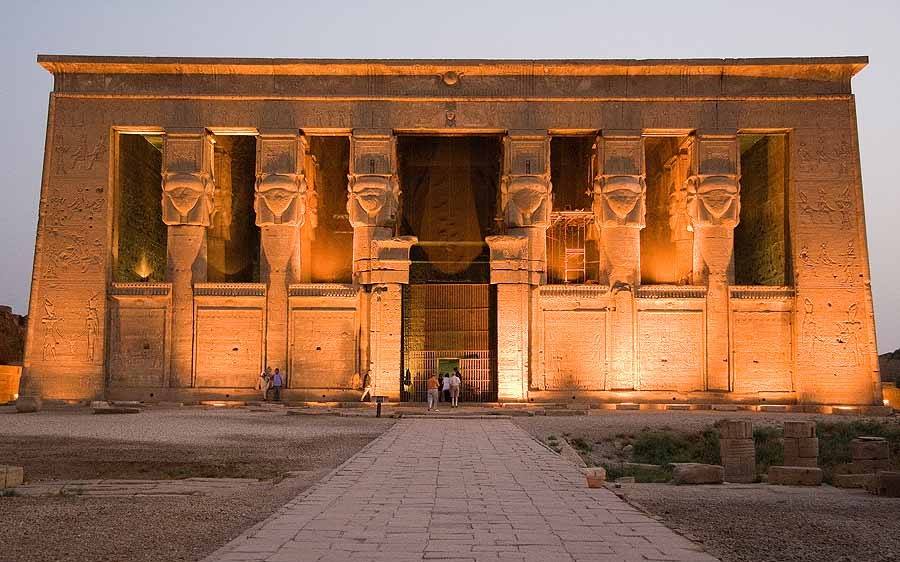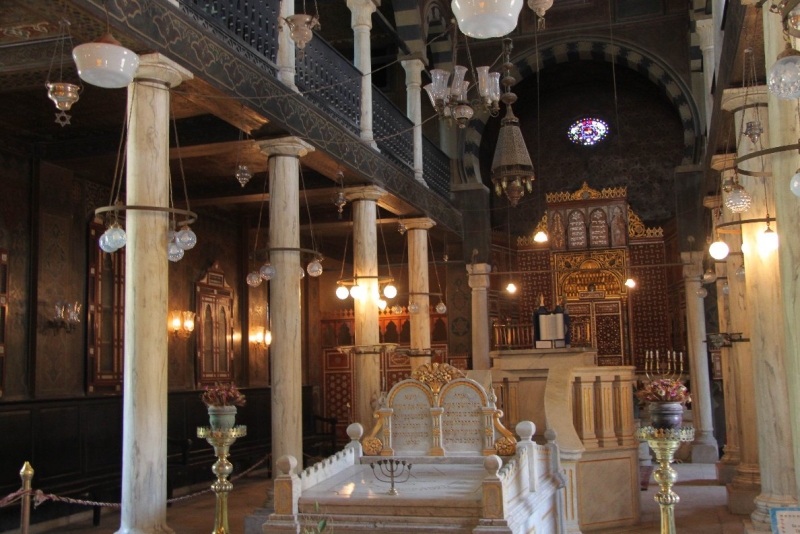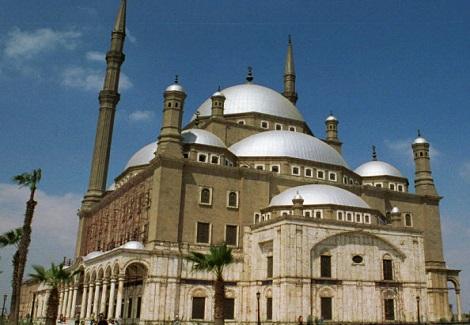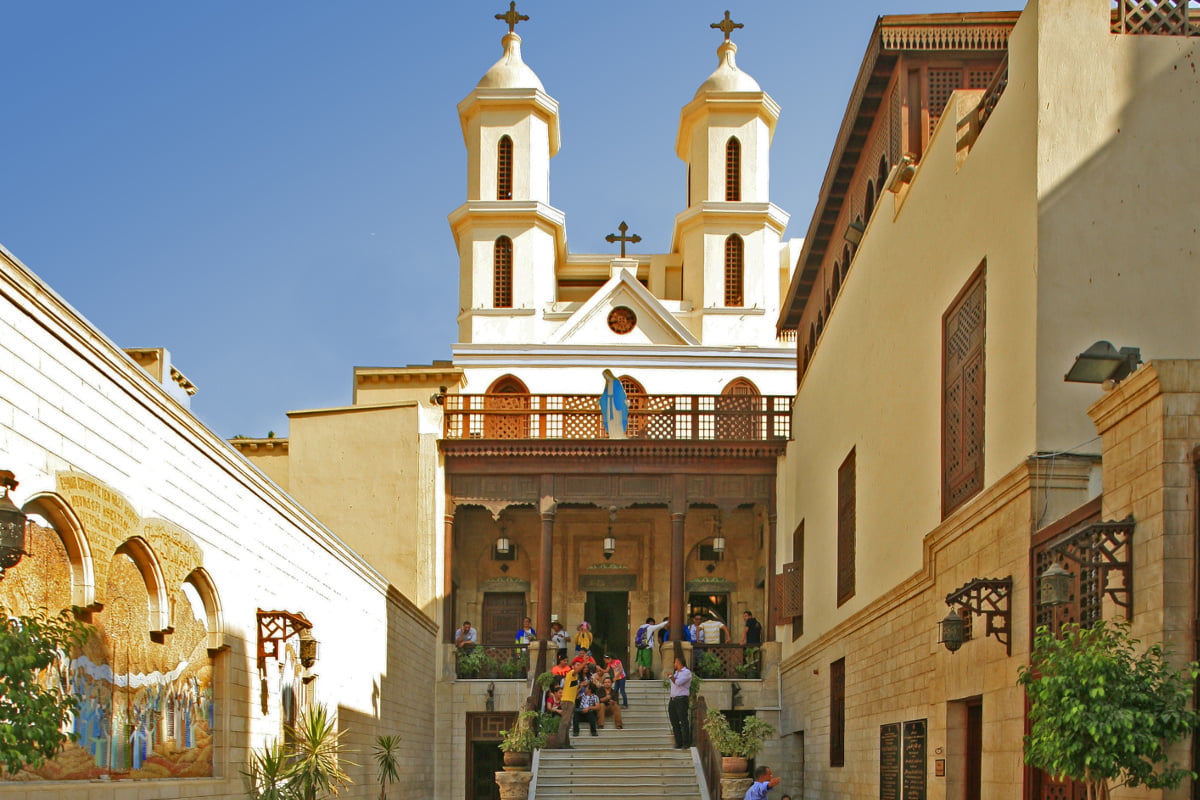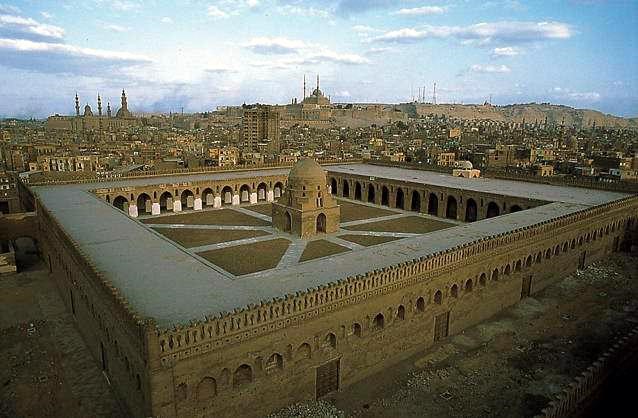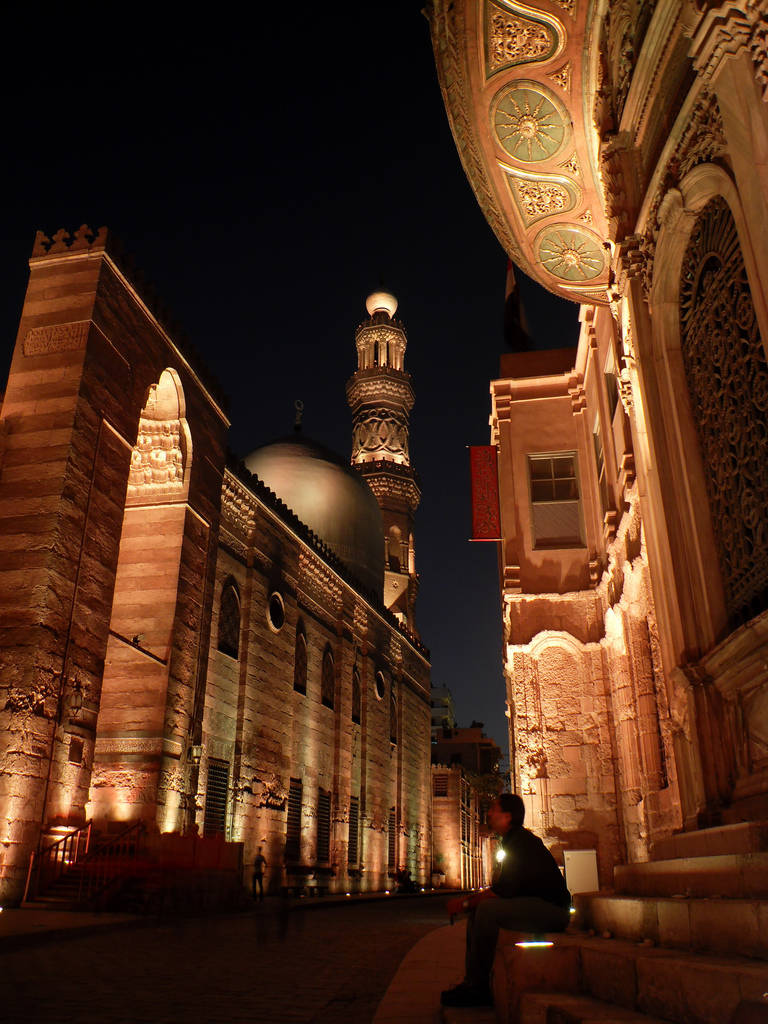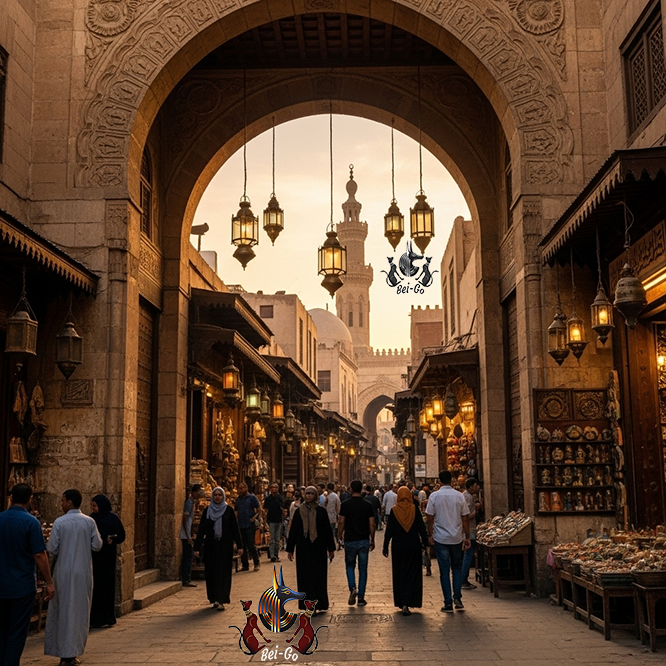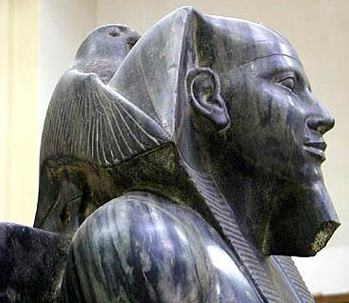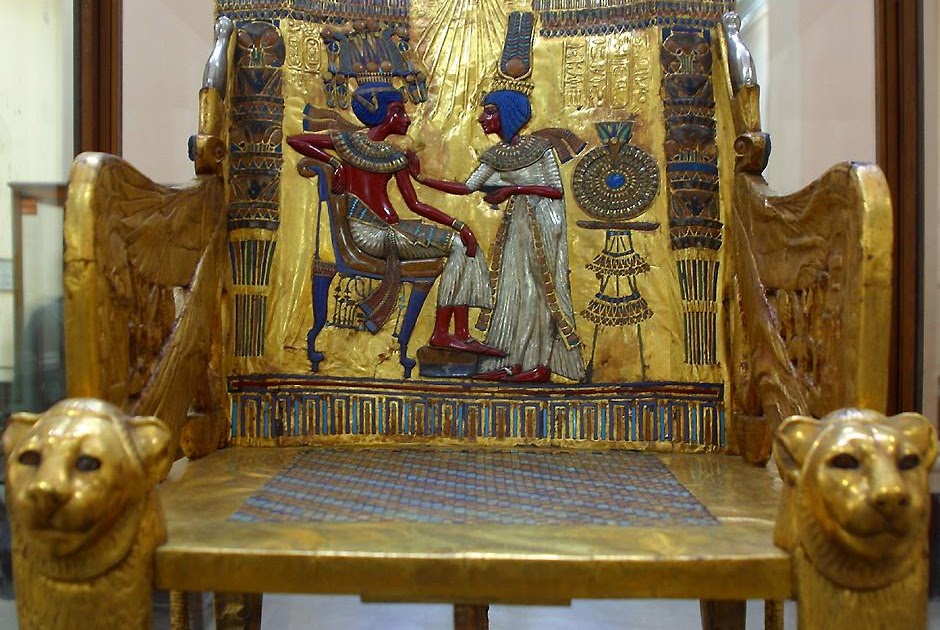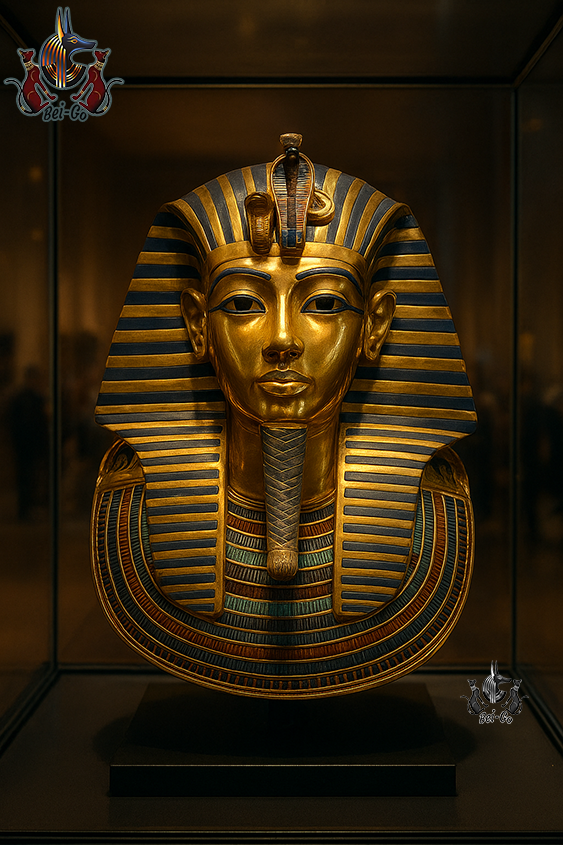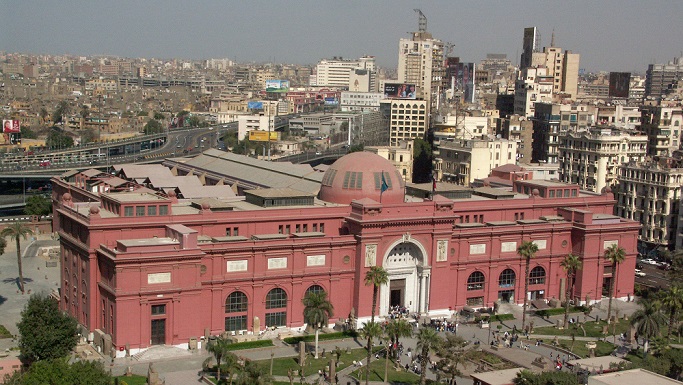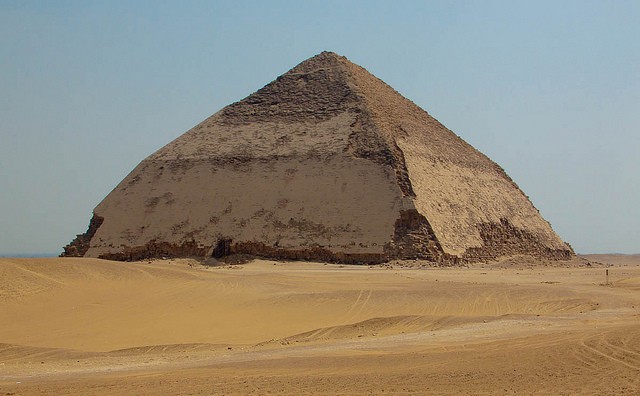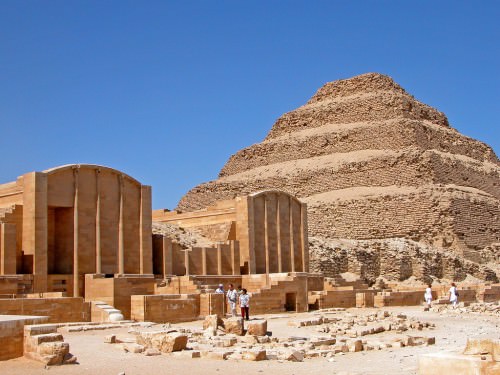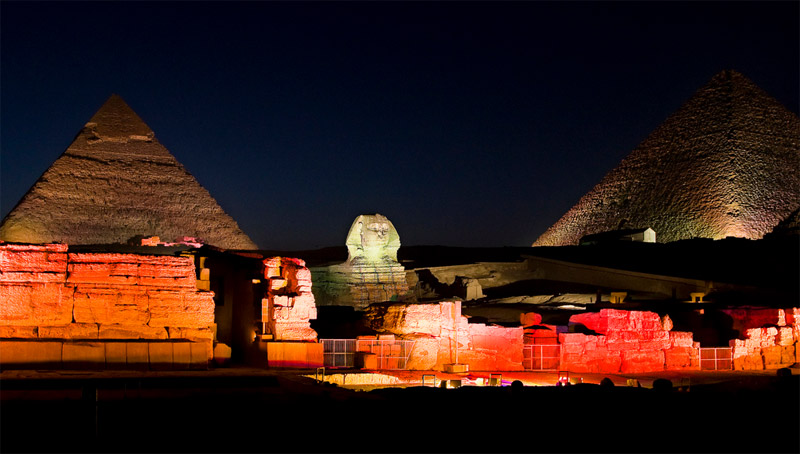
Geography of Ancient Egypt: The Key to an Eternal Civilization on the Banks of the Nile

The Nile: Artery of Life and Regulator of Existence
The Nile River has always been the vibrant soul and fundamental geographical feature that defined the landscape of life and civilization in Ancient Egypt. This great artery stretches from South to North, dividing the country into the fertile Delta region in the North (Lower Egypt) and the narrow, elongated valley in the South (Upper Egypt). The Nile was not just a source of water; it was the primary regulator of agriculture with its consistent annual floods. These floods, which deposited rich, black, mineral-laden silt, transformed the narrow strip of land along the riverbanks into the most fertile agricultural area in the ancient world. This allowed for a massive surplus of food production, which was the basis for the civilization's flourishing and enabled the population to dedicate themselves to building and science. Understanding the Nile's role is essential for anyone planning a trip to Egypt, as it is not merely a natural landmark but the backbone upon which the Pharaohs' empire was built. Bei-Go offers you the chance to delve into this living history, where you can explore for yourself the temples and monuments erected thanks to the blessings of this sacred river. Furthermore, the Nile served as a critical transport route, facilitating trade and communication between the far-flung parts of the kingdom, a role it still plays a part in modern tourism.
The Vast Desert and Natural Fortification
The deserts surrounding Egypt are a geographical element no less important than the Nile, playing a crucial role in protecting and isolating the ancient Egyptian civilization. The Libyan Desert (Western) and the Eastern Desert stretch along both sides of the Nile Valley, forming an immense natural barrier against invasions. This geographical isolation provided Egypt with thousands of years of relative stability, allowing the Pharaohs to develop their arts, architecture, and religion without significant interruption. The desert was also a source of vital resources such as precious stones, minerals, and the stone used to build the pyramids and temples. The stark contrast between the narrow green strip of the Nile and the surrounding arid lands is a unique sight that amazes anyone taking a vacation in Egypt. Today, the desert offers unique experiences like safaris and oasis trips, as if it were an invitation from Bei-Go to explore the wild and resilient side of Egypt's geography. Scattered oases in the Western Desert acted as vital connecting points and small commercial centers, demonstrating that even the harsh environment was not a complete obstacle to human movement but a challenge that was cleverly overcome.
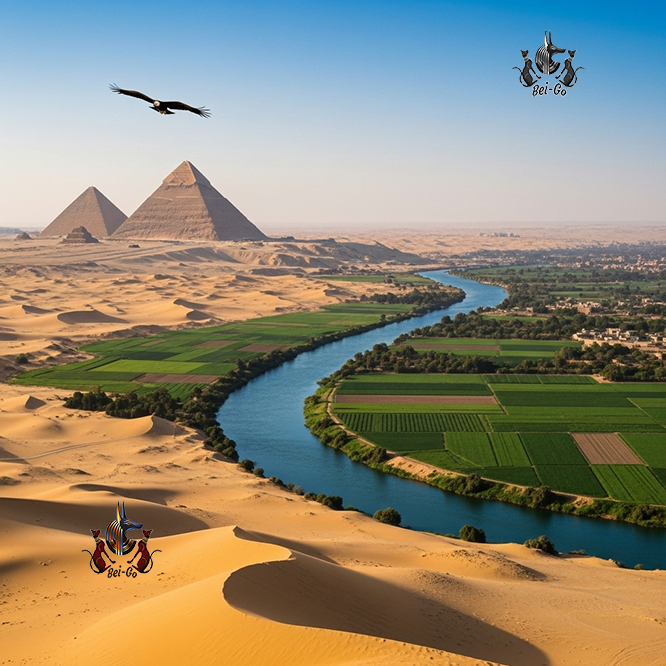
The Significance of the Delta and the Mediterranean Sea
The Nile Delta region, where the river branches out to meet the Mediterranean Sea, represents a critical geographical and economic meeting point. This area, known as Lower Egypt, was Egypt's main gateway to the outside world via the Mediterranean. Its low-lying and marshy nature made it geographically and culturally distinct from Upper Egypt (the South), but it was equally strategically important. Proximity to the sea allowed for the development of maritime trade with other civilizations like Greece and Crete, enriching Egyptian culture and economy. The Delta was also a highly productive agricultural region, particularly for growing papyrus. When planning your travel to Ancient Egypt, the importance of Delta cities like ancient Alexandria cannot be overlooked. Bei-Go provides a comprehensive guide that illustrates how to explore the lesser-known ruins and sites in the Delta, away from the hustle of the famous sites in the South. The Delta geographically forms a complex of channels and shallow lakes, which at times served as a natural defense, reinforcing the idea that Egypt's geography was both a fortification and a frontier.
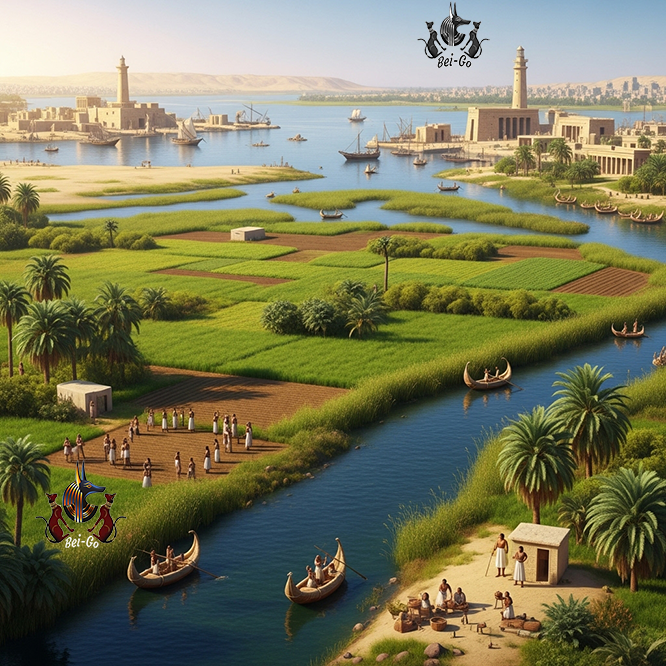
Quarries and Geological Resources: Building Eternity
The greatness of ancient Egyptian architecture relied heavily on the richness of Egypt's geography in geological resources and its diverse quarries. The deserts surrounding the Nile, despite their apparent harshness, were vast repositories of granite, basalt, limestone, sand, and precious stones. For instance, the majestic red granite used for obelisks and large statues was quarried from Aswan in the far South, while the fine white limestone used for the Giza pyramids and their casing was sourced from the Tura quarries near Cairo. This geographical distribution of resources meant the Egyptians developed a complex logistical network for transporting these massive stones, using the Nile as the primary transport artery. Any travel to Egypt must include reflection on the immense power of human will that harnessed these natural resources. With Bei-Go, you can discover the ancient paths workers and artisans took to transport these materials, as these routes were an integral part of the country's economic geography. Mining for gold and copper was also crucial, especially in the Eastern Desert and Sinai, which enhanced Egypt's economic power and helped finance its massive projects.

Ancient Egypt's Geographical and Strategic Borders
The borders of Ancient Egypt were not just political lines but distinct geographical landmarks that provided a significant strategic advantage. In the South, the Cataracts (series of rapids and rocks) along the Nile formed a natural barrier against the Kingdom of Nubia, slowing down invasions and making defense easier. In the East, the Sinai Peninsula formed a land bridge, but with difficult terrain towards Asia, and its narrow passes were critical military points. To the West, the vast desert served as the perpetual barrier. This unique geographical configuration is what allowed Egypt to focus on its internal development rather than being constantly engaged in defending its borders. Understanding this geography is vital when planning a holiday in Egypt, as it helps appreciate the role played by archaeological sites like the ancient Nubian forts. Bei-Go's guides include historical and geographical maps illustrating these strategic borders and how the Pharaohs managed them. Control over these passes and buffer zones was crucial to maintaining the empire's integrity, highlighting the interdependence of geography and politics in ancient Egypt.
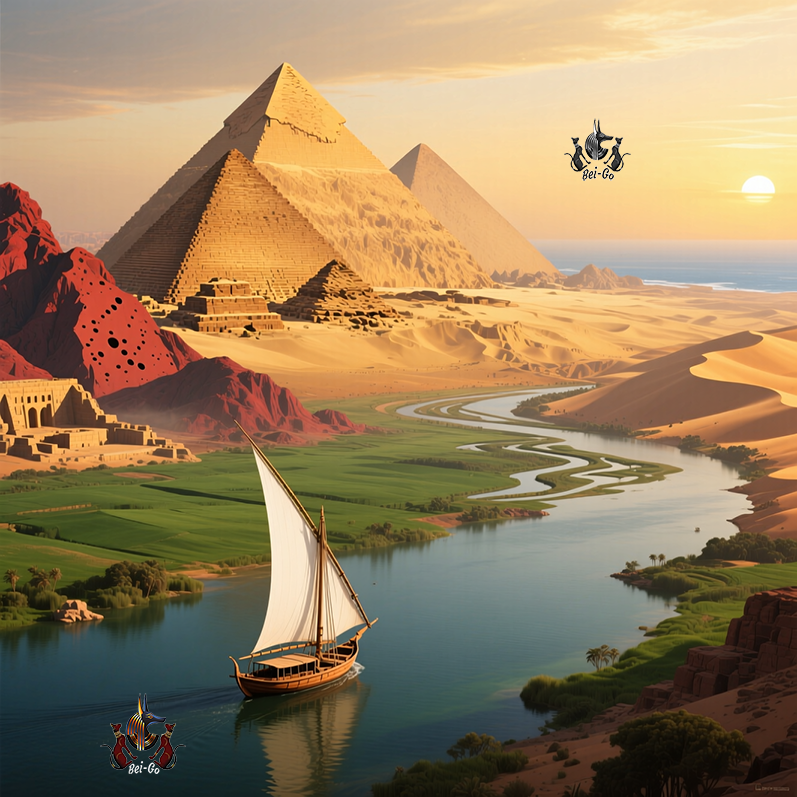
Climatic Diversity and its Cultural Impact
Climatic diversity, a direct result of Egypt's geography, was an influential factor in shaping culture and daily life. While the Delta region enjoys cooler, wetter winters and proximity to the Mediterranean influences, Upper Egypt (the South) is characterized by a dry, hot desert climate, with a significant temperature variation between night and day. This climatic contrast led to differences in crops, lifestyles, and agricultural techniques. The dry climate in the South allowed for the incredible preservation of tombs and monuments, as seen in the Valley of the Kings. This aridity, an archaeological treasure, is one of the main reasons for visiting Egypt. It ensures that the ruins you see today are the same ones seen by priests millennia ago. This diversity is what makes Bei-Go's journeys to Ancient Egypt a multi-faceted adventure, where the visitor moves from the coolness of rock-cut tombs to the heat of the sun striking the face of a Ramses statue. The climate also influenced the architecture of homes, with different materials and construction methods used in the North (mud bricks) compared to the South, showing amazing human adaptation to geographical diversity.

Planning a Journey to Explore Ancient Egypt's Geography
For those eager to embark on an exploration of the complex relationship between geography and civilization, Ancient Egypt offers an unparalleled destination. It begins with a cruise along the Nile, the most important experience to appreciate how the river connects the South and North, limestone and granite, green and arid desert. The visitor must plan to see the contradictions firsthand: wandering through the flat, fertile lands of the Delta, then heading South to witness the rocky plateaus that cradle the pyramids. When planning your Egypt vacation, consider that topography also determines modern travel routes, with most infrastructure clustered around the vital strip of the Nile. Bei-Go specializes in designing itineraries that do not just visit temples but explain the geographical context that enabled these temples to exist and thrive. This deep geographical understanding transforms the journey from mere sightseeing into an educational and immersive experience. Exploring the isolated oases illustrates the concept of the "island of life" that the Nile Valley represented, confirming that geography was not just a backdrop but the main actor in the theater of Ancient Egyptian history. Don't miss the opportunity for travel to Egypt to discover the grandeur of human adaptation to nature.




